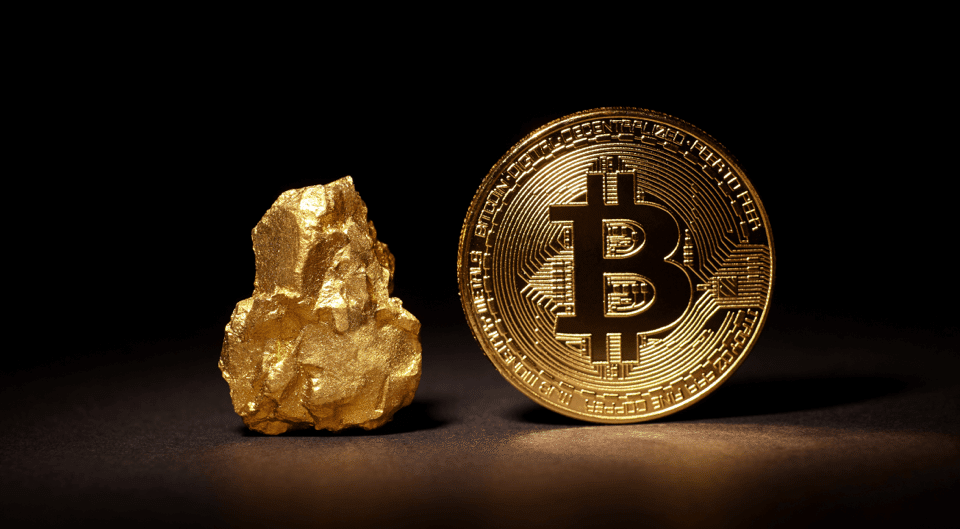Inflation poses a significant challenge to preserving wealth. As traditional currencies lose value over time, investors often turn to alternative assets to safeguard their portfolios. The persistent threat of inflation could boost demand for both gold and Bitcoin as hedges, though their roles as reliable safeguards are more nuanced than their advocates often suggest. Both assets derive their reputation as inflation-resistant stores of value from their inherently limited supply, independent of government influence.
Gold’s scarcity stems from the physical effort required to extract it from the earth, while Bitcoin’s supply is capped at 21 million coins, regulated through a complex digital mining process. Despite these similarities, the choice between the two as an inflation hedge involves deeper considerations of their volatility, usability, and investor sentiment.
Bitcoin And Gold Soar In 2024
The year 2024 has marked significant milestones for cryptocurrencies, reshaping their position in the financial landscape. In January last year, the U.S. Securities and Exchange Commission (SEC) approved Bitcoin for an exchange-traded fund (ETF) format, followed by Ethereum in May, providing investors with easier access to crypto markets. This shift fueled unprecedented growth, pushing both Bitcoin and gold to record highs.
On October 30, 2024, gold surged to $2,787 per ounce, reflecting a 44% increase over the year. Meanwhile, Bitcoin soared to all-time highs following the U.S. elections, more than doubling its value since January. The rise of digital assets has been buoyed by growing investor adoption and supportive fiscal policies from the incoming U.S. administration.
Despite Bitcoin’s status as a relatively new financial instrument, its ETF assets under management (AUM) skyrocketed in 2024 to $146 billion—already half of the $290 billion invested globally in gold-linked ETFs as of November 7. While gold remains a traditional safe haven, Bitcoin’s rapid growth highlights its increasing acceptance among investors.
“Cryptocurrencies are primarily supported by its increasingly ease of access and fear of missing out from investors having rushed into the post-election (US) surge. In order to become a hedge against inflation, a product also has to exhibit a certain amount of non correlation to other markets,” Ole Sloth Hansen, Head of Commodity Strategy at Saxo Bank, told The Finance 360. “On that point cryptos have struggled as they have increasingly become a speculative instrument where the ebb and flow of positions held via ETFs from financial traders have become a major driver. I am very sceptical about its ability to act as an inflation hedge given these characteristics, which also includes multiple and major corrections along the way. With that in mind I would not be surprised to see Bitcoin slump 30% despite inflation picking up.”

As both gold and Bitcoin solidify their places in portfolios, 2024 underscores their evolving roles in an increasingly complex investment landscape.
“Gold in my opinion remains unrivalled when it comes to offer protection against risks, both economic and geopolitical, and not least inflation. Its non-correlation and strong underlying bid has kept it supported, and at the start of 2025, it has held up well despite an ongoing rise in US Treasury yields amid worries about inflation and financial stability,” Hansen said.
Comparative Analysis
| Aspect | Gold | Cryptocurrency |
|---|---|---|
| Stability | High | Low |
| Liquidity | Moderate | High |
| Storage Requirements | Physical | Digital |
| Volatility | Low | High |
| Regulation | Established | Evolving |
| Inflation Hedge | Proven track record | Promising but unproven |
Thus, for Conservative Investors, gold remains a safer choice, offering stability and a long history of performance during inflationary periods. For Risk-Tolerant Investors, cryptocurrencies may provide higher returns and a modern hedge but come with greater risks and uncertainties.






